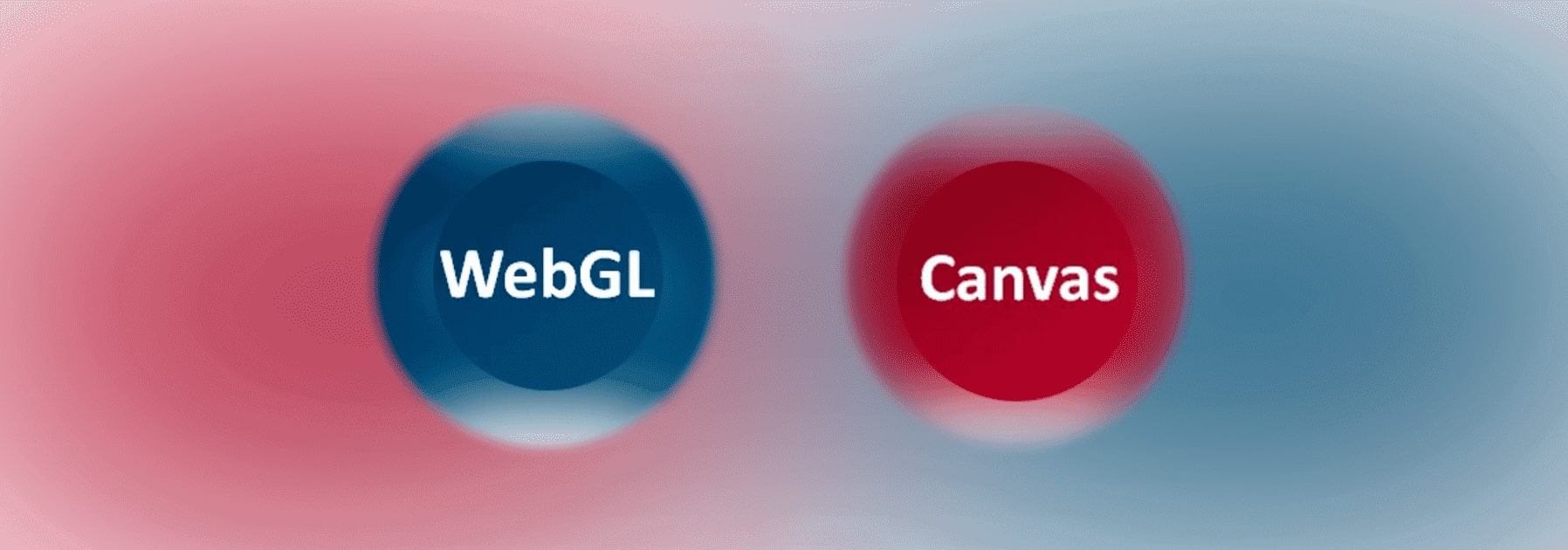As a technical journalist, the integration of Canvas with WebGL represents a significant leap in the capabilities of web graphics and interactive experiences. This exploration aims to demystify how these technologies converge to transform the web into a more dynamic and visually engaging space.
The HTML5 Canvas API and WebGL (Web Graphics Library) are two powerful tools in the arsenal of modern web developers. While Canvas provides a surface for drawing 2D graphics on the web, WebGL extends this functionality to enable hardware-accelerated 3D graphics. When combined, they unlock a realm of possibilities, from intricate visualizations to complex 3D games.
How Canvas and WebGL Work Together
The Role of Canvas
Canvas is an HTML element that acts as a drawing surface for rendering graphics. It uses a context, which is essentially an environment where specific types of graphics are drawn. For 2D graphics, Canvas uses the ‘2d’ context, but for rendering 3D graphics, it utilizes WebGL.
WebGL: Bringing 3D to the Web
WebGL is a JavaScript API that allows for the rendering of interactive 3D and 2D graphics within any compatible web browser, without the use of plug-ins. It operates directly on the computer’s graphics processing unit (GPU), ensuring efficient rendering of complex scenes.
The Synergy
When WebGL is used in conjunction with the Canvas element, it employs the Canvas as a viewport for rendering 3D graphics. Developers create a WebGL context using the Canvas element, which then becomes the stage for intricate 3D visualizations, interactive graphics, and animations.
Practical Applications
The combination of Canvas and WebGL has led to a variety of applications, such as:
– Web-based Games: Offering the ability to create sophisticated, interactive 3D games that run directly in the browser.
– Data Visualization: Enabling complex, dynamic visual representations of large data sets.
– Virtual Reality (VR) and Augmented Reality (AR):** Providing the groundwork for immersive VR and AR experiences on the web.
– Educational Tools: Facilitating interactive educational content, including 3D models and simulations.
Advantages of Using Canvas with WebGL
1. Cross-platform Compatibility: As browser-based technologies, they allow for the creation of graphics and applications that work across various devices and operating systems.
2. Accessibility: Being part of the HTML5 specification, they are accessible on any modern browser without additional installations.
3. Performance: WebGL’s access to GPU acceleration makes it possible to render high-quality, complex graphics efficiently.
4. Flexibility: Developers can combine these technologies with other web standards like CSS and JavaScript to create rich, interactive experiences.
Challenges and Considerations
While powerful, using Canvas with WebGL comes with its set of challenges:
– Browser Compatibility: While widely supported, differences in browser implementations can lead to inconsistencies.
– Performance Limitations: Heavy graphics can still strain browser performance, especially on less powerful devices.
– Complexity: Developing with WebGL requires a good understanding of both graphics programming and web development.
Future of Canvas and WebGL
The ongoing development in web standards and GPU technology hints at an even more integrated and powerful future for Canvas and WebGL. This might include more streamlined APIs, better performance optimization, and wider accessibility.
FAQ
Is WebGL only used for 3D graphics?
While primarily used for 3D, WebGL can also enhance 2D graphics with effects and animations that would be difficult to achieve with the Canvas 2D context alone.
Do users need special software to view WebGL content?
No, WebGL content can be viewed in any modern web browser without additional software.
How does WebGL interact with HTML/CSS?
WebGL and HTML/CSS are used in tandem; WebGL handles the rendering of graphics within a Canvas element, while HTML/CSS can be used for structuring and styling the rest of the webpage.
Can WebGL be used for professional-grade applications?
Yes, WebGL has the capability to create professional-grade graphics, but it requires a deep understanding of both graphics programming and web development.
Conclusion
The collaboration of Canvas and WebGL marks a significant milestone in web development, pushing the boundaries of what’s possible in web-based graphics. From gaming to data visualization, the potential applications are vast and varied, presenting exciting opportunities for developers and content creators. As web technologies continue to evolve, the synergy between Canvas and WebGL is poised to play a pivotal role in shaping the future of interactive web experiences.
